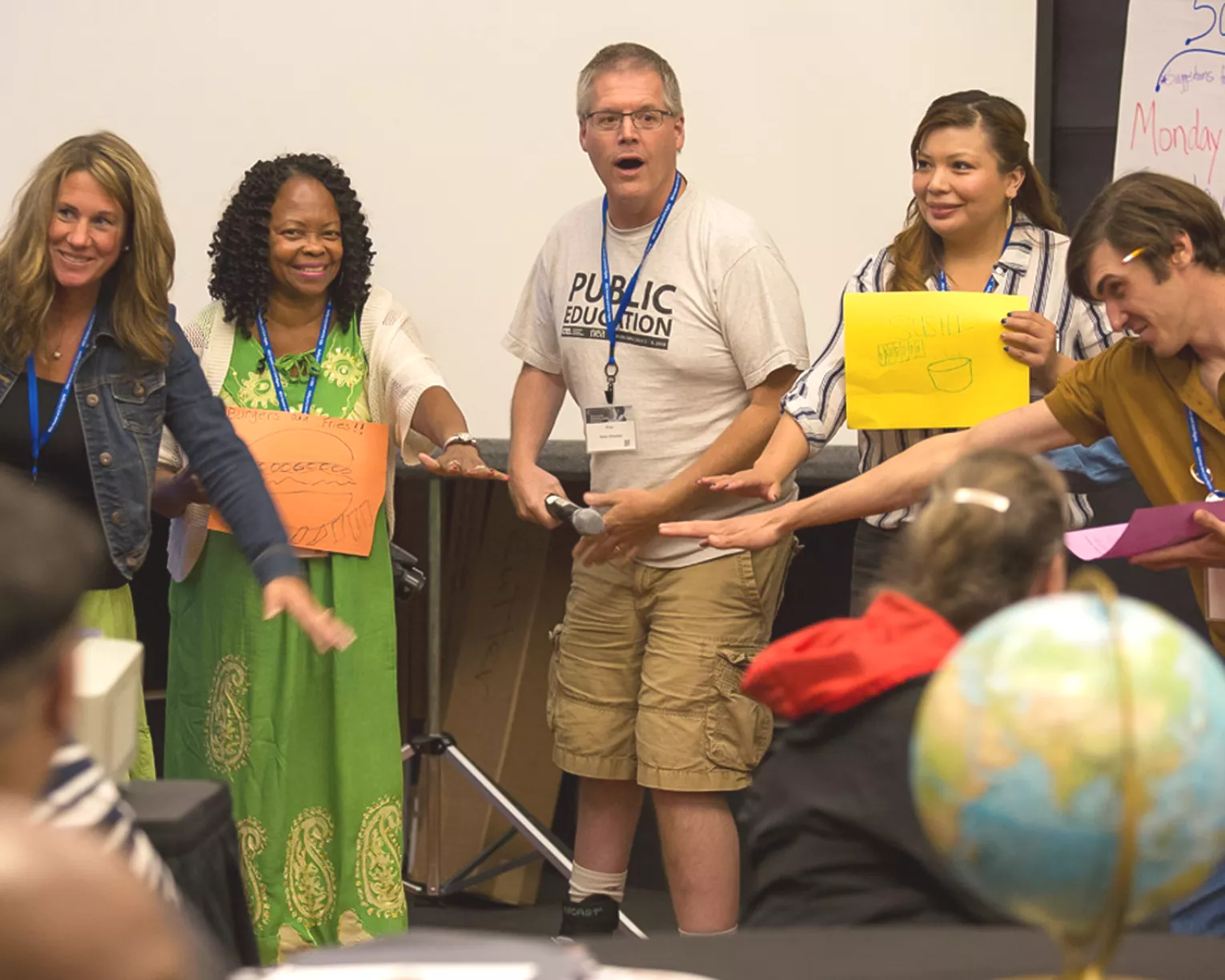3. ADD A RACIAL LENS TO OUR CONVERSATIONS ON CLASS, GENDER, SEXUALITY, ETC.
Political conservatives do not have a monopoly on calls to silence racial justice voices. There’s tremendous pressure from a vocal segment of political liberals to avoid talking about race, in part because the topic is viewed as too “divisive.” But given the overwhelming evidence of racial disparities, it only makes sense that we would want to give race and racism specific, distinct, and sufficient attention. Yet, while we recommend addressing race explicitly, it does not mean we must or should address race exclusively. Other factors (e.g., gender, socioeconomic status, immigration status, etc.) may be just as salient or even more so, at times. Often, these other dynamics are compounded by race, so they need to be considered together. When addressing racial equity, we certainly don’t want to undermine gender equity. We want to lift all people. Thus, we need to take the time to thoughtfully view our issues of concern from all angles, with consideration of different lenses and perspectives. This doesn’t have to be an either/or choice. To promote genuine inclusion, we can and must talk about race alongside those other factors if we are to fashion effective solutions to our policy and societal challenges.
How can we lift up the lived experience and expertise of people of color, their resistance and resilience, their intelligence and creativity, their role as change agents and leaders?
We should be explicit about race, and overcome our reluctance to say the word “white,” so that we can reveal, acknowledge, and address the similar and different ways that white people and people of color experience poverty, sex discrimination and LGBTQ oppression. We can all learn from people who clearly see and even embody the connections between race, ethnicity, gender, class, sexuality, religion, and other salient dynamics. Racial and social justice advocates need to take the time to thoughtfully view their issues of concern from all angles, with consideration of different
lenses and perspectives. The best way to do that is to include a diverse set of stakeholders in the process of analyzing and framing issues, so that a wide variety of people can see their interests and identities represented in the selected strategies,
solutions and frames. By developing inclusive issue frames, our work becomes complementary, rather than competing, and we can widen the base of investment and engagement in proposed equitable solutions.

